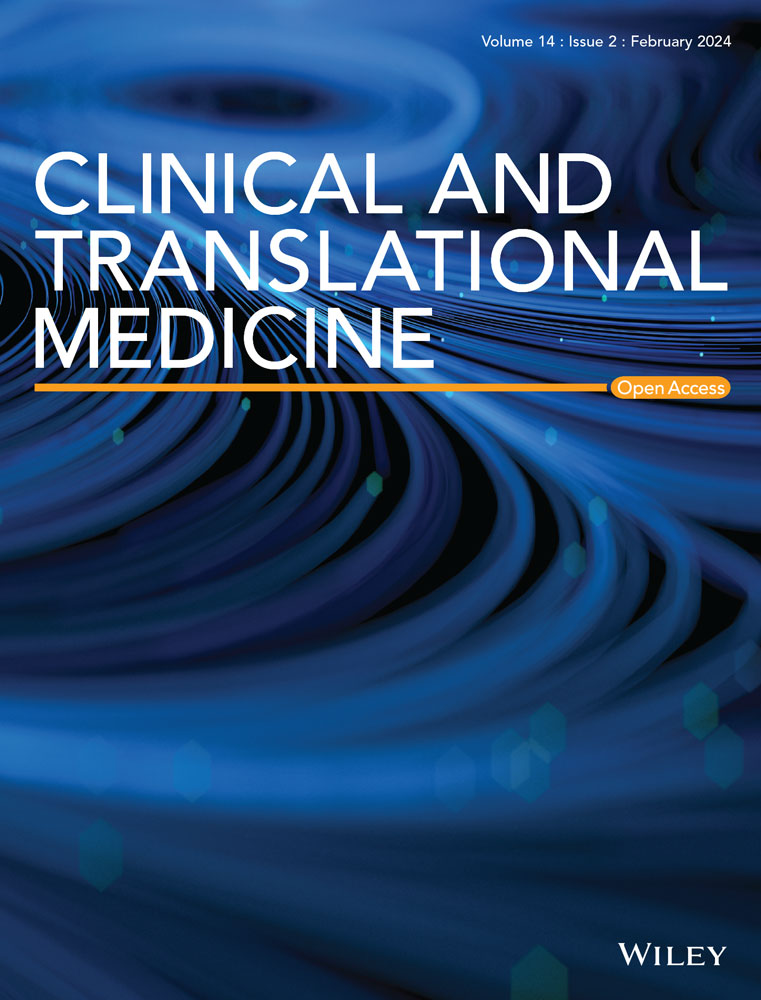Vitamin K-dependent gamma-carboxyglutamic acid protein 1 promotes pancreatic ductal adenocarcinoma progression through stabilizing oncoprotein KRAS and tyrosine kinase receptor EGFR
Abstract
Background
Vitamin K-dependent γ-glutamic acid carboxylation (Gla) proteins are calcium-binding and membrane-associated, participating in coagulation, bone turnover, and cancer biology. The molecular function of transmembrane proline-rich Gla proteins (PRRGs) remains unexplored.
Methods
Analysis of pancreatic ductal adenocarcinoma (PDAC) datasets, including transcription profiles, clinical data, and tissue microarrays, was conducted to evaluate PRRG1 expression and its clinical relevance. PDAC cell lines with overexpressed, knockdown, and mutated PRRG1 were developed to study biological functions and pathways using RNA-seq, co-immunoprecipitation with mass spectrometry, Western blotting, and immunofluorescence. In vivo xenograft and orthotopic models assessed PRRG1's impact on PDAC progression, with and without warfarin treatment.
Results
PRRG1 was significantly upregulated in PDAC compared to normal pancreas, correlating with poorer patient survival. PRRG1 knockdown reduced PDAC cell proliferation, anchorage-independent growth in vitro, and tumor growth in vivo. PRRG1 localized at the plasma membrane, interacted with the HECT E3 ligase NEDD4 via the C-terminal PPXY motif, and promoted NEDD4 self-ubiquitination, reducing its protein levels. PRRG1 knockdown elevated NEDD4, destabilizing the oncoprotein KRAS and receptor EGFR, and attenuating downstream signaling and macropinocytosis under nutrient deprivation. The vitamin K-dependent Gla modification of PRRG1 was crucial for its membrane localization and pro-tumorigenic effects, and was inhibited by low-dose warfarin, a clinical vitamin K antagonist.
Conclusions
This study identifies PRRG1 as a key regulator of pro-tumorigenic signaling in PDAC, suggesting the potential of repurposing the anticoagulant warfarin as a therapeutic strategy.
Key points
- PRRG1 is identified as the transmembrane Gla protein mediating PDAC malignancy.
- PRRG1 recruits and induces self-ubiquitination of membrane-anchoring E3 ligase NEDD4.
- PRRG1 exerts a protective role toward KRAS and EGFR by inhibiting NEDD4.
- The anticoagulant warfarin can be utilized to inhibit PRRG1 and PDAC advancement.


 求助内容:
求助内容: 应助结果提醒方式:
应助结果提醒方式:


